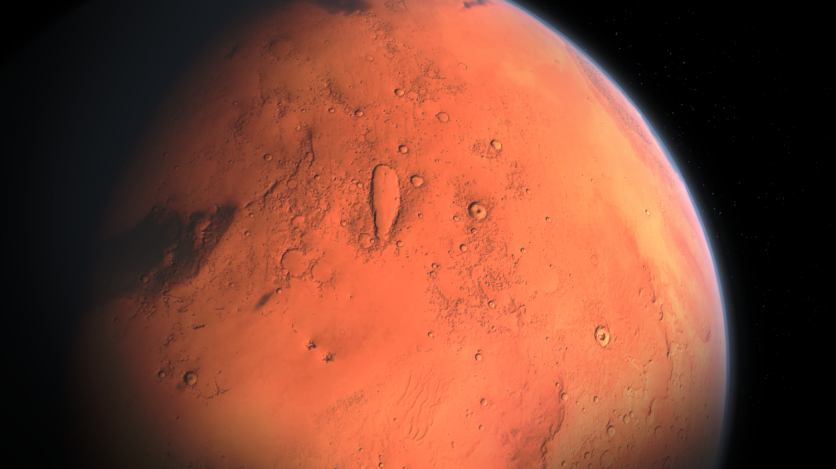On Saturday, Aug. 13, Mars will begin to appear in the night sky, even though it won't be easy to spot the Red planet for the first several days. The net result is that, during various hours of darkness, Jupiter, Saturn, and Uranus will still be very visible, according to a report by Space.com.

Where to Find Mars?
Just a few minutes after midnight local time, Mars will be pretty low on the eastern horizon, making the Red Planet more visible by that time. Fortunately, this planet is easy to spot because it burns brightly red in the darkness.
According to Space.com, it will also be quite close to the vicinity of the Pleiades, the name that the International Astronomical Union gives to a group of brilliant stars in the constellation Taurus.
Binoculars or a small telescope will improve your view of Mars, but even without them, Mars will still gleam with the naked eye. Space.com's August 2022 skywatching guide predicts that Mars will continue to get brighter throughout the month, advancing from magnitude +0.20 to a more spectacular -0.12.
As it rises earlier each night, Uranus will be visible with binoculars or a telescope at 10:20 p.m. By the end of the month, local time, Jupiter will be preparing for a near approach to the moon that you can see with the unaided eye on Sunday (Aug. 14).

Keep An Eye on the Pleiades
You must keep an eye out for the neighboring Pleiades star cluster to better view the planet. Space.com said that the greatest time to view Mars using a home telescope is just before dawn when it is highest in the southeast sky, but with each passing day, the planet will rise around two minutes earlier.
On its path to a stunning evening display at the end of October, it will be progressively brighter and getting larger in telescopes at the same time.
To guide you for a better watching experience, consider downloading the following apps:
- Starwalk 2
- Dark Sky Meter App
- Star Chart
- Dark Sky
- Telescope HD
- SkyEyelAstronomy
- Google Sky Map
- SkySafari
- Meteor Shower Calendar
This article is owned by Tech Times
Written by Joaquin Victor Tacla
ⓒ 2025 TECHTIMES.com All rights reserved. Do not reproduce without permission.




